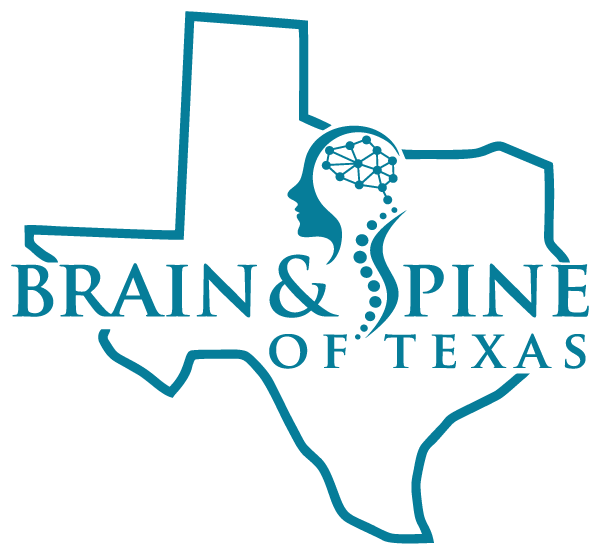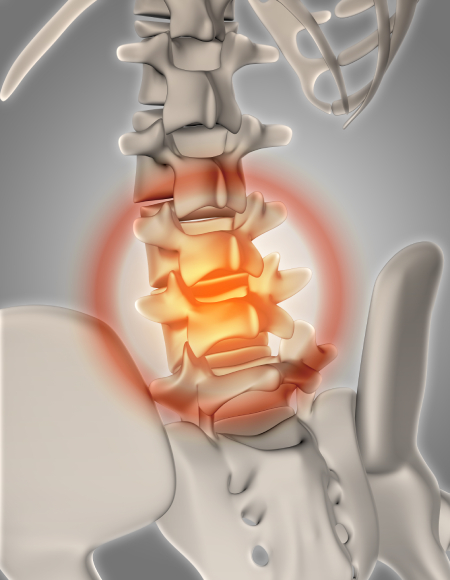Anterior Lumbar Fusion (ALIF)
Restoring Spinal Stability and Function
Anterior Lumbar Fusion (ALIF) is a highly effective surgical procedure designed to address problems in the lumbar spine, such as degenerative disc disease, spondylolisthesis, and spinal instability. During an ALIF procedure, the surgeon removes a damaged or diseased disc from the front (anterior) of the spine and replaces it with a bone graft or an artificial implant. This procedure promotes the fusion of two or more vertebrae, stabilizing the spine and helping to alleviate pain, numbness, and weakness in the lower back and legs. The goal of anterior lumbar fusion is to restore spinal function, reduce pain, and improve overall mobility by creating a solid, permanent bond between the vertebrae.
At the Brain and Spine Center of Texas, we specialize in performing anterior lumbar fusion using advanced techniques and cutting-edge technology. Our experienced surgeons provide the highest level of care, ensuring that each patient receives personalized treatment tailored to their needs. ALIF is especially beneficial for patients seeking long-term relief from chronic back pain caused by spinal instability or degeneration.
When is Anterior Lumbar Fusion Necessary?
Anterior lumbar fusion may be recommended for patients who suffer from:
- Severe low back pain caused by degenerative disc disease or spinal instability.
- Nerve compression due to herniated discs or spondylolisthesis, which leads to symptoms such as leg pain, numbness, tingling, or weakness.
- Inability to perform daily activities or work due to chronic back pain or spinal conditions.
- Failed non-surgical treatments such as medication, physical therapy, or injections, which have not provided long-term relief.
In many cases, an anterior lumbar fusion is considered after conservative treatments have failed to address the symptoms, and the condition is significantly affecting the patient’s quality of life.
The Anterior Lumbar Fusion Procedure: What to Expect
The ALIF procedure is typically performed under general anesthesia, and it involves the following steps:
- Accessing the Spine – The surgeon makes a small incision in the lower abdomen, moving muscles and organs aside to access the spine from the front (anterior) of the body. This approach minimizes the need to disturb the muscles and nerves in the back.
- Removal of Damaged Discs – The surgeon carefully removes the damaged disc or discs from between the affected vertebrae.
- Spinal Fusion – A bone graft or synthetic material is inserted into the space where the disc was removed. This encourages the vertebrae to fuse together and form a solid, stable structure.
- Closing the Incision – Once the fusion material is in place, the incision is closed, and the patient is taken to the recovery room.
The procedure typically takes 2 to 3 hours depending on the number of discs involved. Because the surgery is performed from the front of the body, there is less muscle disruption compared to traditional approaches, which may result in a faster recovery time for many patients.
Recovery & Post-Surgical Care
After an anterior lumbar fusion, patients can expect:
- Shorter Recovery Time – The minimally invasive nature of the procedure means that many patients experience a quicker recovery than with other types of spinal surgeries. Most patients stay in the hospital for 1 to 2 days following surgery.
- Pain Management – While some discomfort is expected after surgery, pain can generally be managed with medication, and many patients notice a reduction in pain soon after the procedure.
- Physical Activity Restrictions – Patients will need to avoid strenuous activity and follow specific guidelines to protect the spine as it heals.
- Physical Therapy – A tailored physical therapy program will help you regain strength, flexibility, and mobility following surgery.
- Follow-Up Appointments – Regular follow-up visits with your surgeon will ensure proper healing and monitor your progress.
The typical recovery time for anterior lumbar fusion is around 6 to 12 weeks for most patients, though it may vary based on the extent of the surgery and individual healing.
Why Choose the Brain and Spine Center of Texas?
- Expert Surgeons – Our surgeons specialize in spinal fusions, including anterior lumbar fusion, and use advanced, minimally invasive techniques to achieve the best outcomes.
- Cutting-Edge Technology – We offer the latest technology in spinal surgery, ensuring that your procedure is safe, effective, and minimally invasive.
- Comprehensive Care – From diagnosis to post-operative care, we provide a full spectrum of services to ensure the best possible recovery.
- Personalized Treatment Plans – Each patient’s condition is unique, and we tailor our treatment plans to meet individual needs and goals for recovery.
Schedule a consultation
If you are experiencing chronic lower back pain or spinal instability, anterior lumbar fusion may be the solution to help you regain your life and mobility. Contact the Brain and Spine Center of Texas today to schedule a consultation and find out how this procedure can improve your quality of life.

